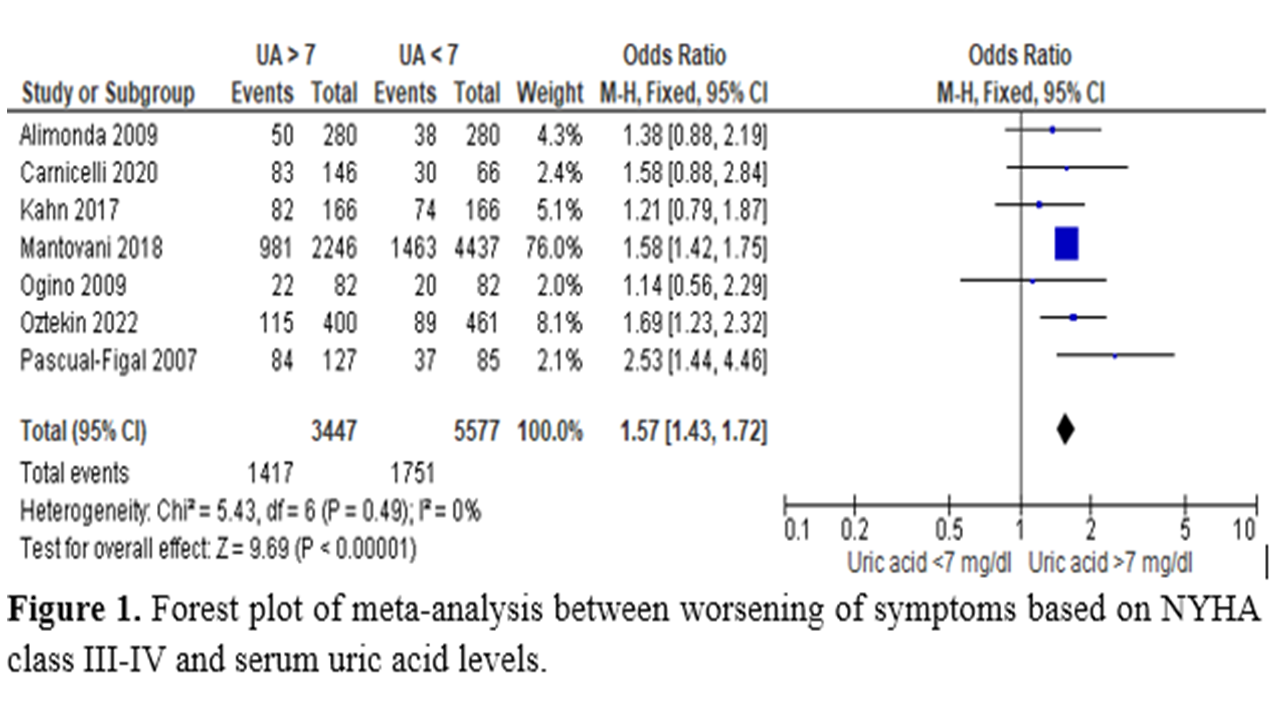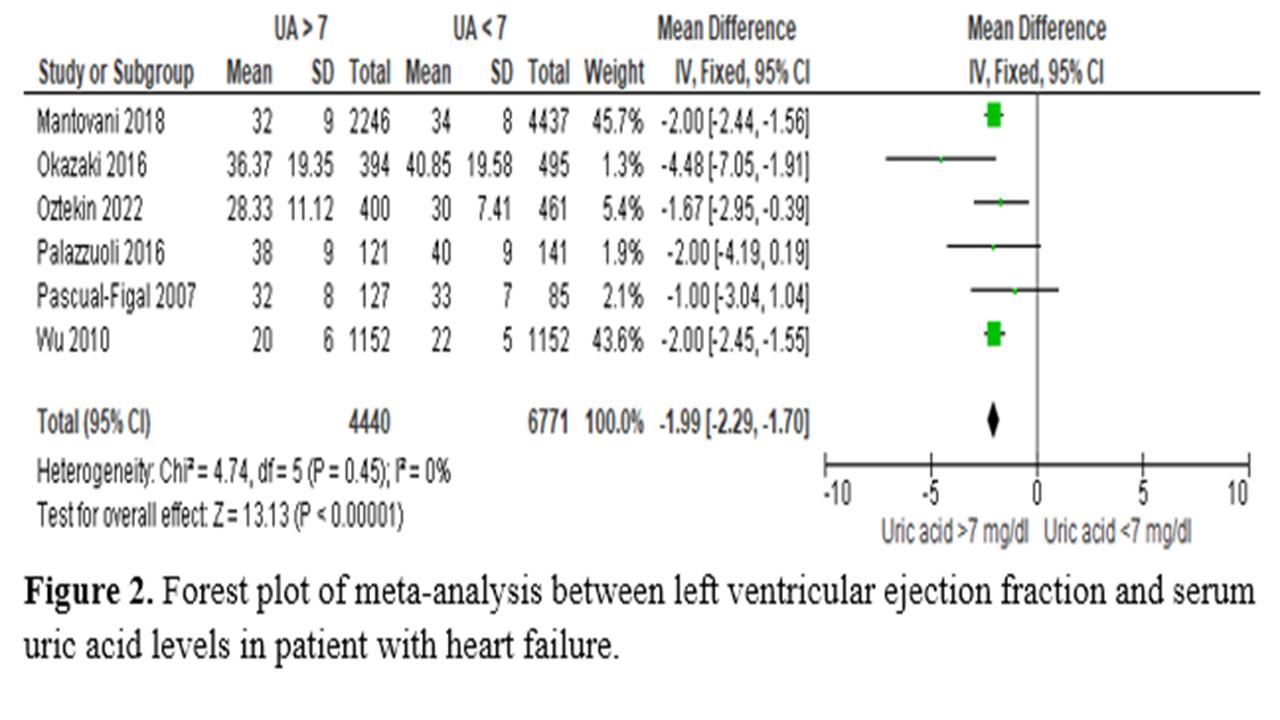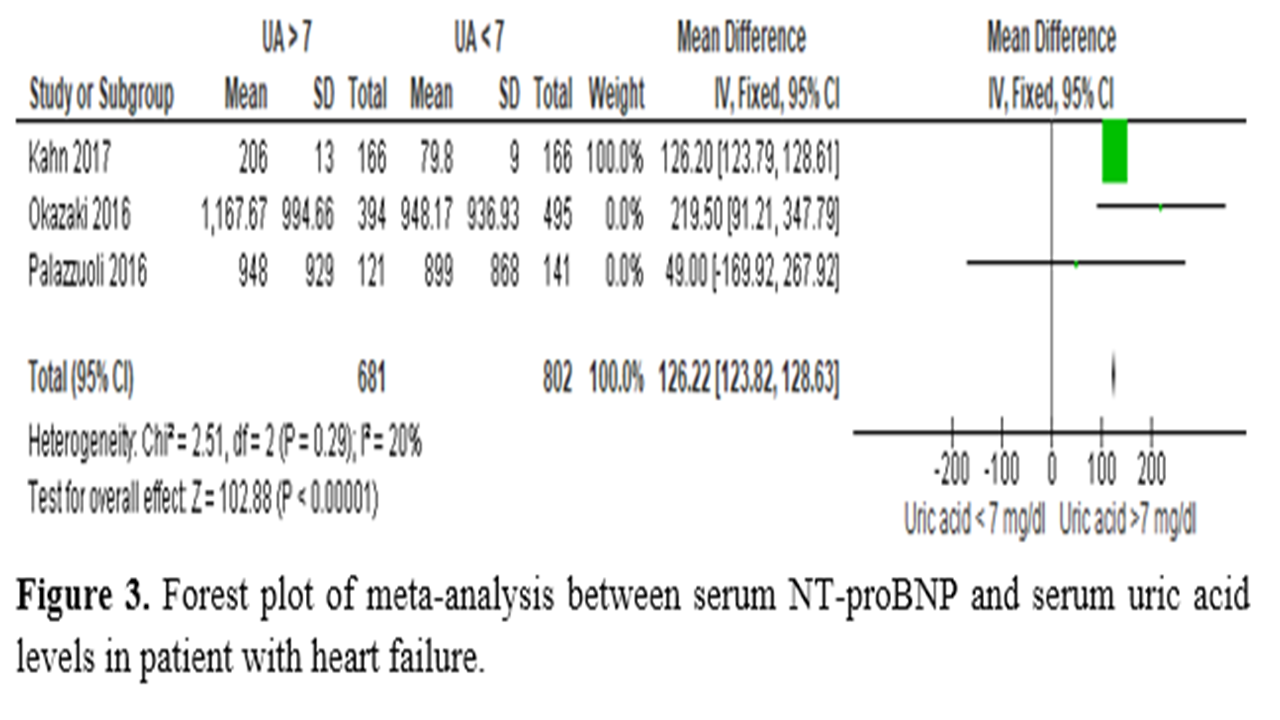Lots of interesting abstracts and cases were submitted for TCTAP 2023. Below are the accepted ones after a thorough review by our official reviewers. Don’t miss the opportunity to expand your knowledge and interact with authors as well as virtual participants by sharing your opinion in the comment section!
TCTAP A-083
Serum Uric Acid as the Low-Cost Examination in the Rural Area for Determine the Severity of Heart Failure: A Meta-Analysis
By Ketut Angga Aditya Putra Pramana, Basuki Rahmat
Presenter
Ketut Angga Aditya Putra Pramana
Authors
Ketut Angga Aditya Putra Pramana1, Basuki Rahmat1
Affiliation
Mataram University, Indonesia1
View Study Report
TCTAP A-083
Others (Unclassified)
Serum Uric Acid as the Low-Cost Examination in the Rural Area for Determine the Severity of Heart Failure: A Meta-Analysis
Ketut Angga Aditya Putra Pramana1, Basuki Rahmat1
Mataram University, Indonesia1
Background
Serumuric acid (UA) levels are a well-known prognostic factor in patients with heartfailure (HF). Increase of xanthine oxidase activity have been shown to beresponsible for elevated serum UA levels in HF. Serum UA levels are a simpleparameters that can be measured anywhere at low cost to predict the severity ofHF.
Methods
Weperformed a systematic search in databases (PubMed, ScienceDirect, and CochraneLibrary). We searched for original research articles that included patientswith heart failure who had undergone for testing the serum UA levels and distinguishedwhich subjects had serum UA >7 mg/dl and serum UA <7 mg/dl. Review Manager 5.4 wasutilized to compute the summary of odds ratios (OR), mean differences (MD), and95% CI for the outcomes. Our outcomes of interest are worsening of symptomsbased on NYHA class III-IV, ejection fraction (EF), and serum NT-proBNP levels.
Results
We identified ten observationalstudies involving 12,479 patients with HF. most of the study subjects had serumUA levels <7 mg/dl (51%) compared serum UA levels >7 mg/dl (49%). Pooled analysis showed that heart failurepatients with serum UA >7 mg/dl significantly had more severe symptoms withNYHA class III-IV [OR 1.57 (95% CI 1.43-1.72; p<0.00001; I2=0%)].The EF of HF patients with serum UA >7 mg/dl was significantly lower by1.99% compared to HF patients with serum UA < 7 mg/dl [MD -1.99 (95% CI -2.29--1.70; p<0.00001; I2=0%)]. When assessed in terms of serumNT-proBNP, HF patients with serum UA > 7 mg/dl had significantly higherserum NT-proBNP levels than HF patients with serum UA < 7 mg/dl [MD 126.22(95% CI 123.82- 128.63; p<0.00001; I2=20%)].






Conclusion
Serumuric acid test can be considered as a simple parameters that can be measuredanywhere especially in rural area at low cost to predict severity of HF. Elevatedserum UA are associated with more severe symptoms, lower EF rates, andincreased serum levels NT-proBNP. Regarding this examination, further researchis needed as a predictor tool of the severity of HF.


